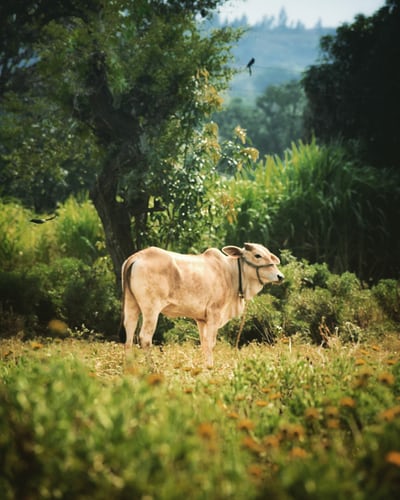The number of cattle stranded at the Chinese border continues to rise with cattle traders taking heavy losses. The Mandalay Region Cattle Exporters Association reported that 15,000 heads of cattle are now in bureaucratic limbo at Muse. Their owners have been forced to store and maintain them while Myanmar and Chinese officials negotiate proper documentation and other protocols, U Soe Naing of the Mandalay Region Cattle Exporters Association told state media. He said China had suspended cross-border cattle imports for three months as part of its ongoing COVID-19 restrictions, but rumors that cattle will soon be allowed to cross have caused traders to wait and see rather than bring their cattle home.
No matter the outcome, the situation will end in heavy losses for cattle traders. “It costs K400,000-600,000 to take care of 100 heads of cattle every day. It includes labour wages and feedstuff cost. It is approximately MMK 10 million per month,” U Soe Naing told the Global New Light of Myanmar. The cattle are owned by 150 different companies, each of whom are trying to export their government-mandated quota of 100 heads. U Soe Naing said that before the pandemic, 1500-2000 cattle crossed the border at Muse each day, with around 500,000 cattle exported per year since Myanmar began allowing live cattle exports in 2017. However, as China does not allow direct livestock imports, Myanmar traders must partner with Chinese merchants to sell their animals.


